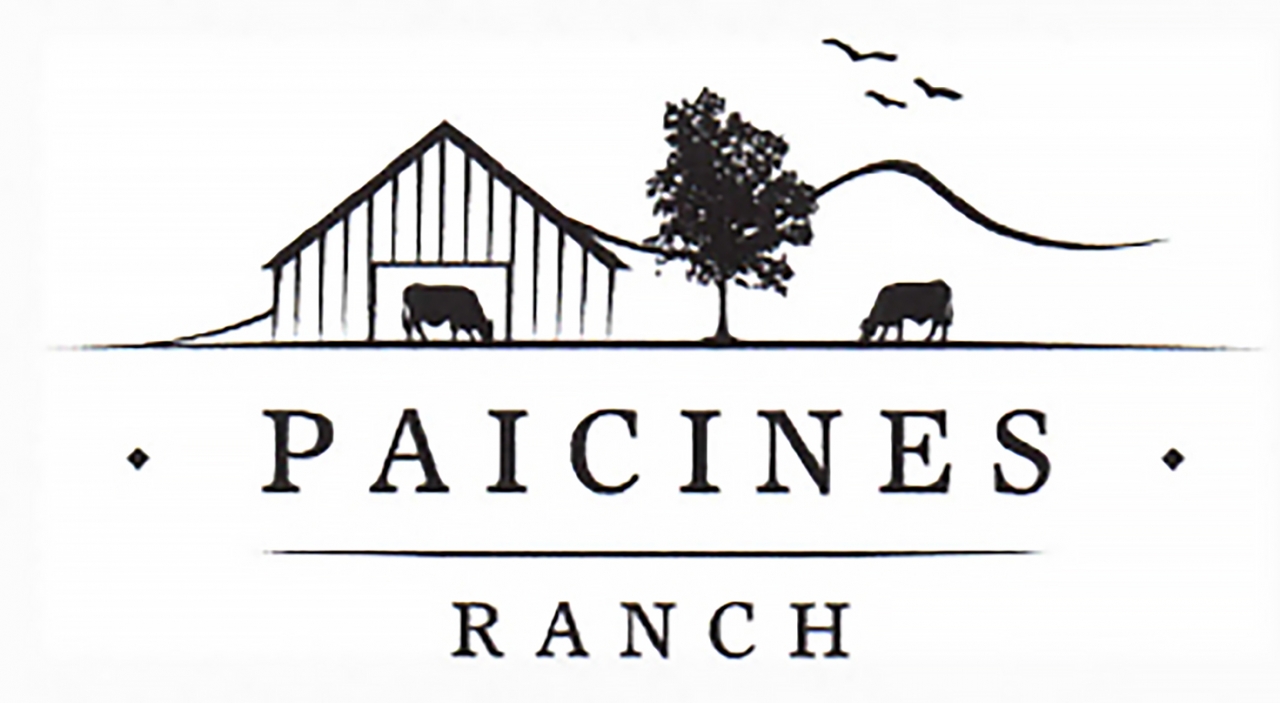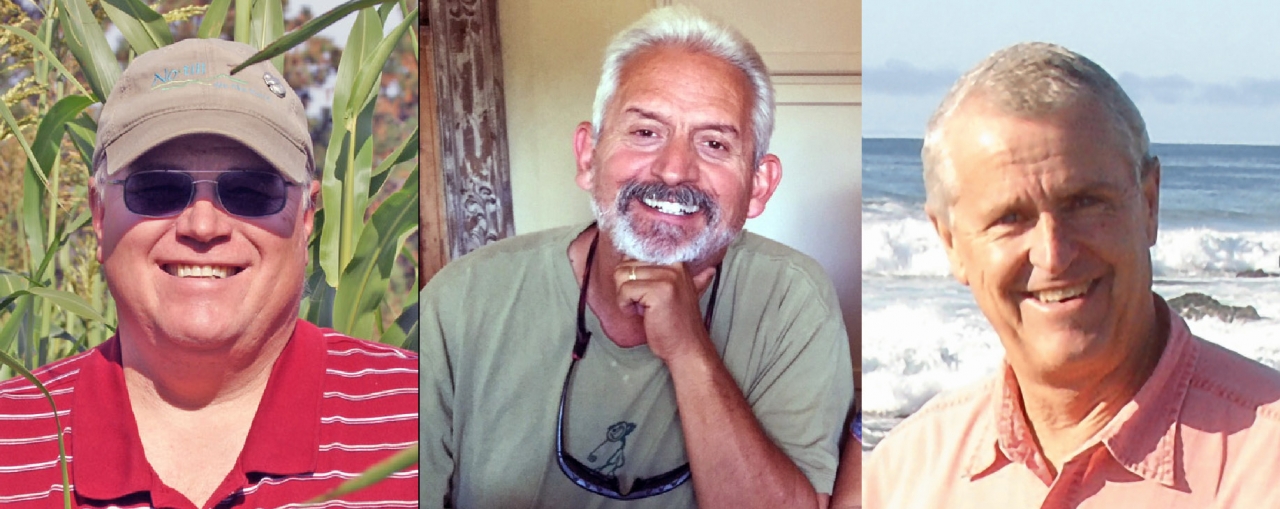Some 30 years ago, the late Robert Rodale challenged an EcoFarm audience to embrace his “Regenerative Agriculture” prescription. Although our movement, over the ensuing three decades, reached significant milestones in the detoxification of production systems – staking claim to the fastest growing share of America’s food marketplace in the process – much of Rodale’s vision for a benign agroecology is yet to be realized. EcoFarm 2018’s opening plenary features one trailblazing trio – scientist, cultivator and educator – whose innovative achievements guide us towards agricultural practices in greater harmony with our planet’s natural systems.
Our dynamic threesome’s work suggests the possibility of decelerating climate change with a carbon-farming revolution that is spreading across millions of U.S. acres. Theirs is a story of hope, encouragement, and an empowering call to action for all EcoFarmers!
Ray Archuleta, Gabe Brown, David Johnson
Invocation by Valentin Lopez, Chairman of the Amah Mutsun Tribal Band
Agronomist Ray "The-Soil-Guy” Archuleta was nearly drummed out of the Natural Resources Conservation Service early this century for espousing “radical” soil health notions. More recently, Ray spearheaded his agency’s renaissance, energizing NRCS staff across the nation with science-based soil health evangelism, while mentoring cadres of cutting-edge no-tillers like Gabe Brown.
North Dakota farmer Gabe Brown is the celebrated poster kid for a new breed of no-till practitioners who, by embracing high-species-diversity cover crops, broadened rotations and adaptive ruminant grazing, have vastly improved their farms’ productivity, soil function and carbon-carrying capacity.
Late-blooming molecular biologist David Johnson is unraveling “secrets of the soil” on a microbial scale at New Mexico State University, where his Composting Bioreactor pumps out a uniquely fungal-dominant product. Experimental plots, inoculated with just a few hundred pounds per acre of this compost, are showing restored soil fertility with extraordinary biomass volumes and regenerated microbial diversity.
Sponsored by:



















